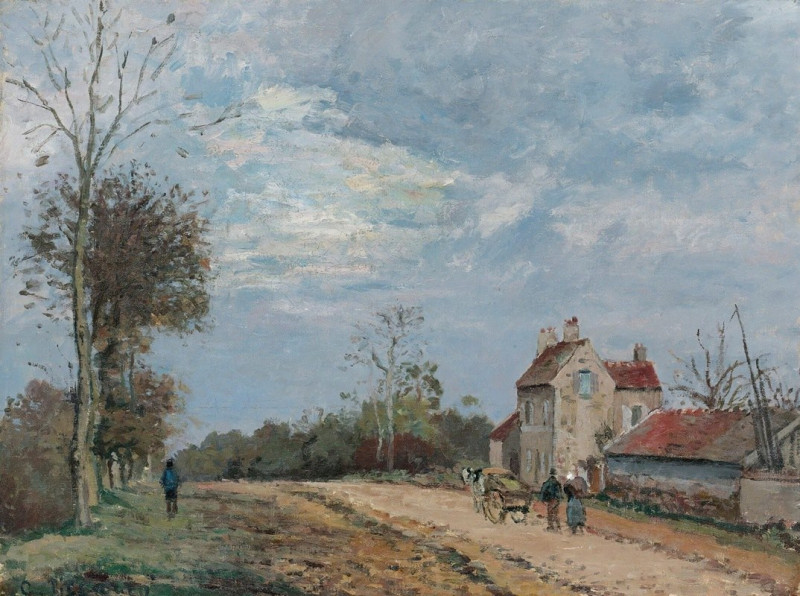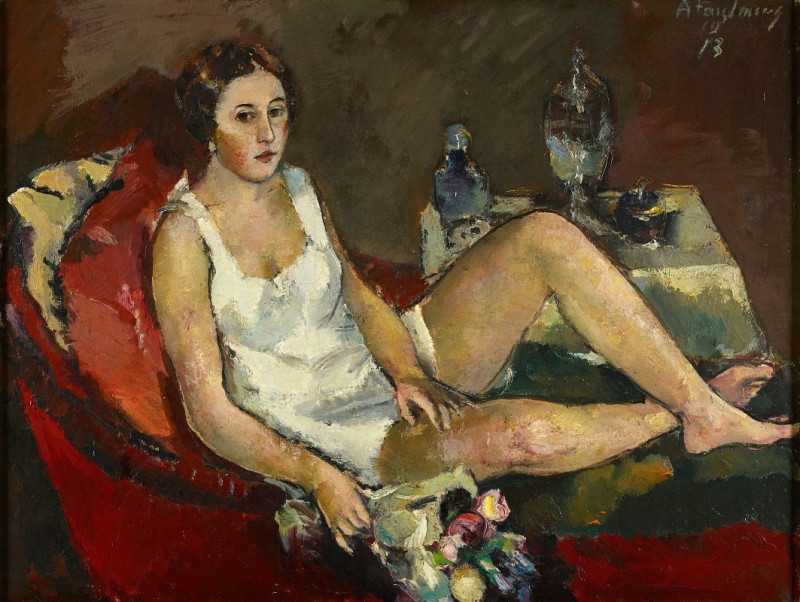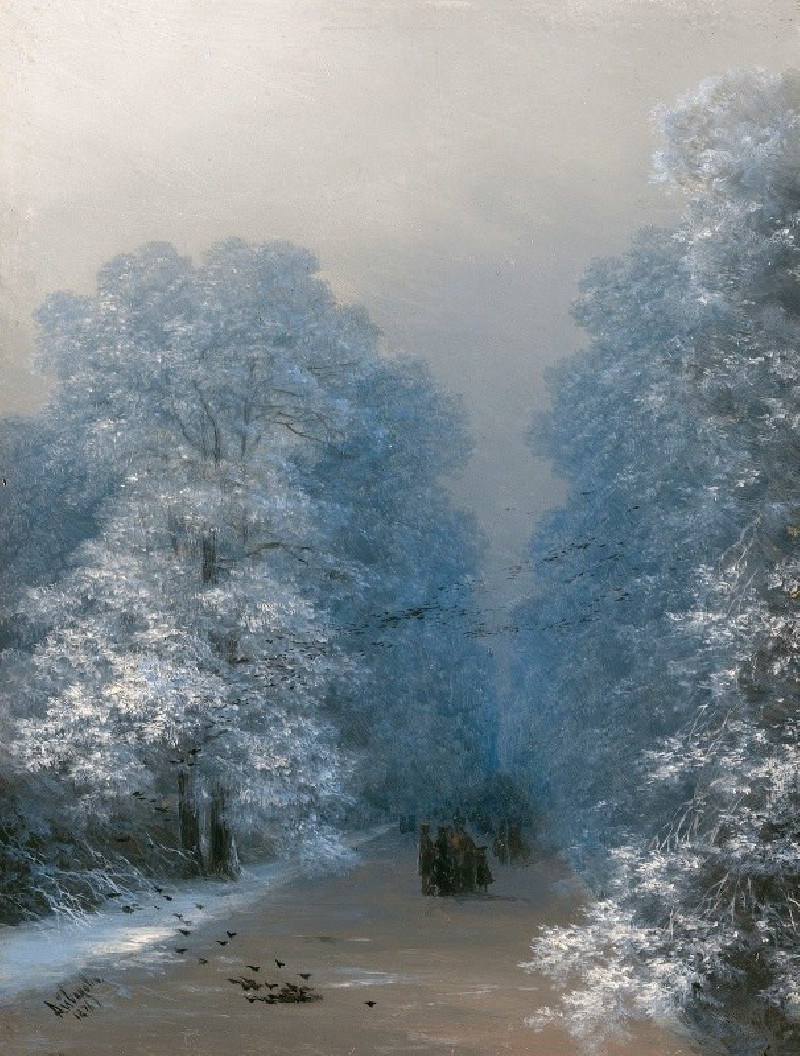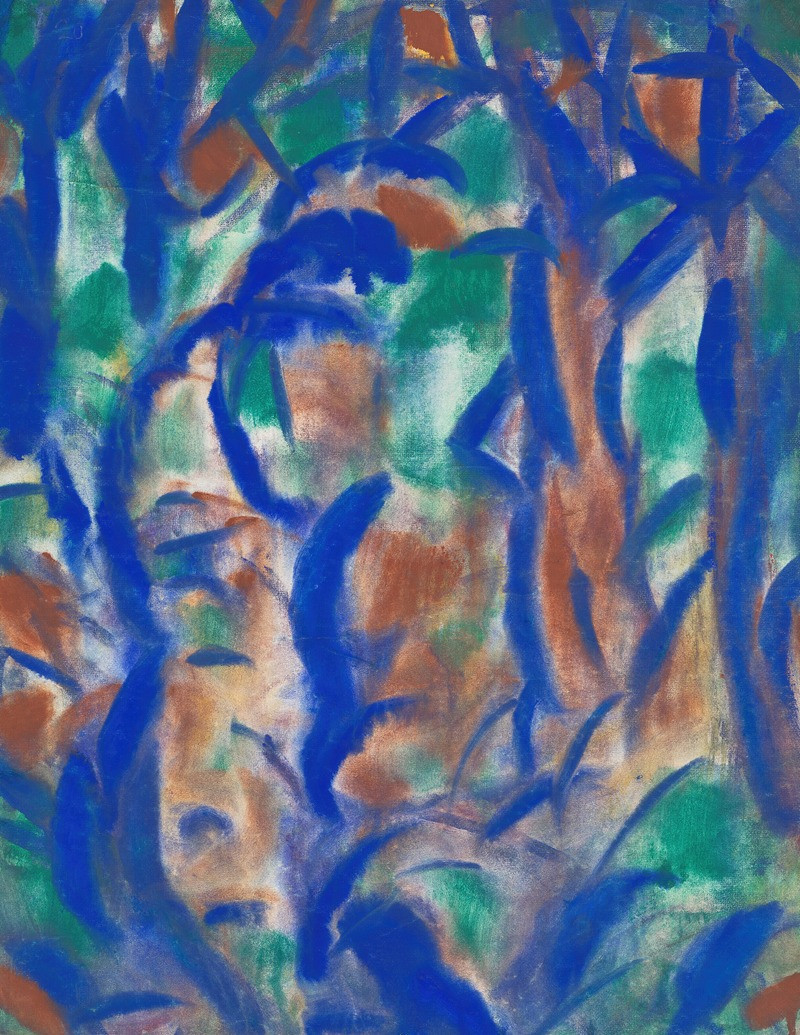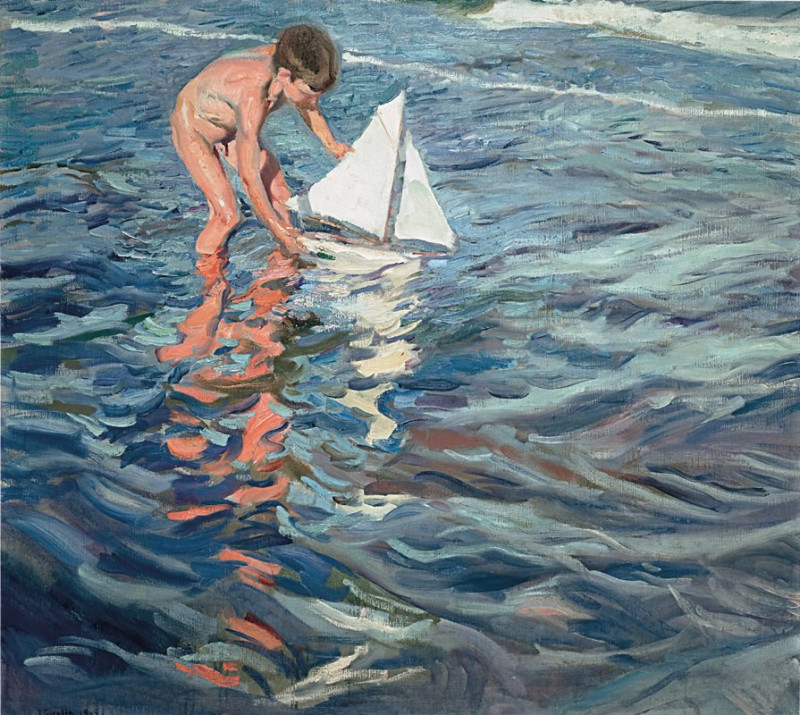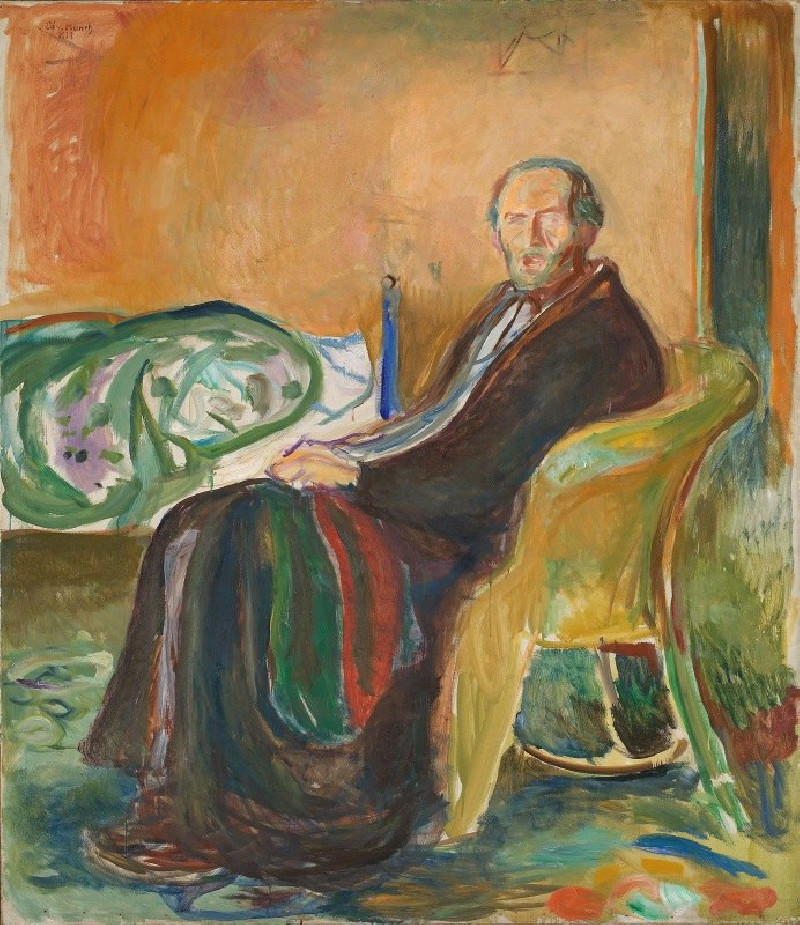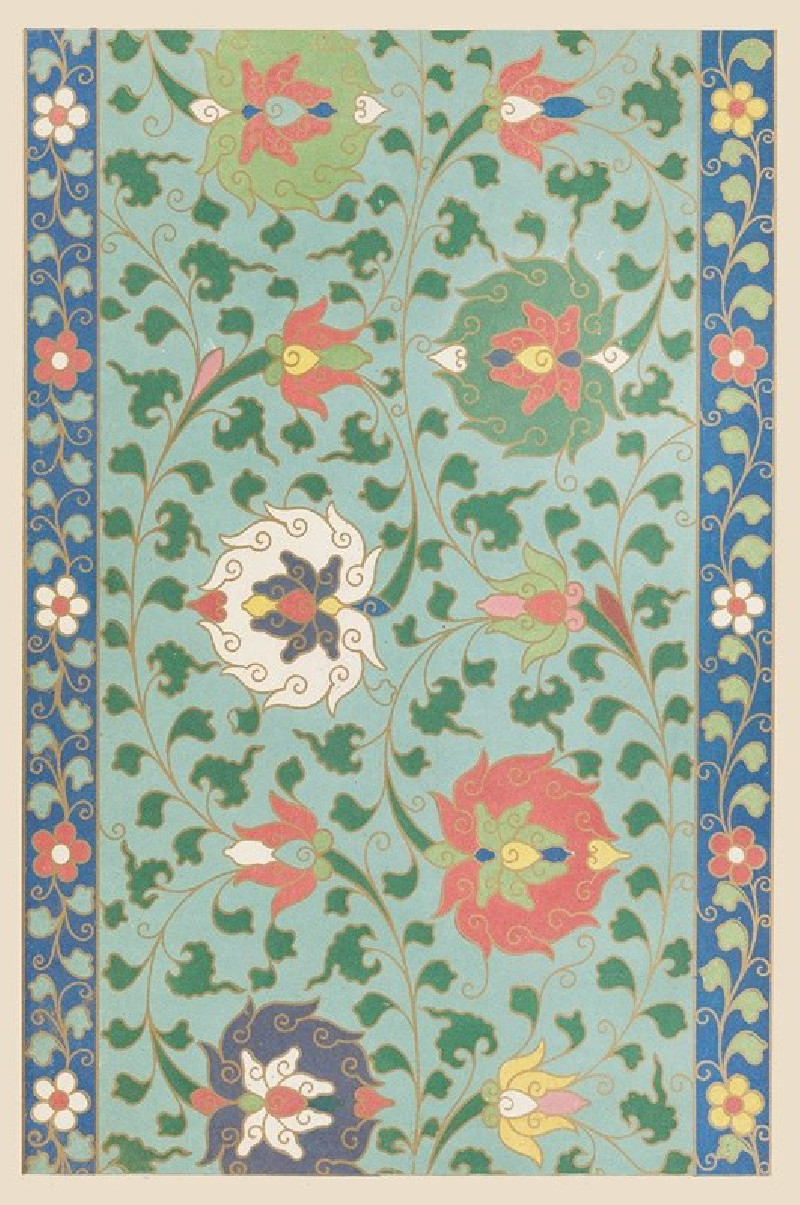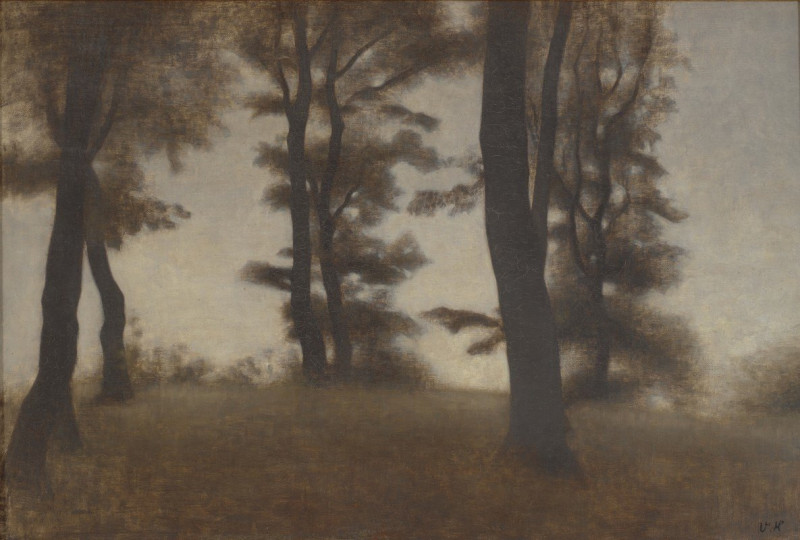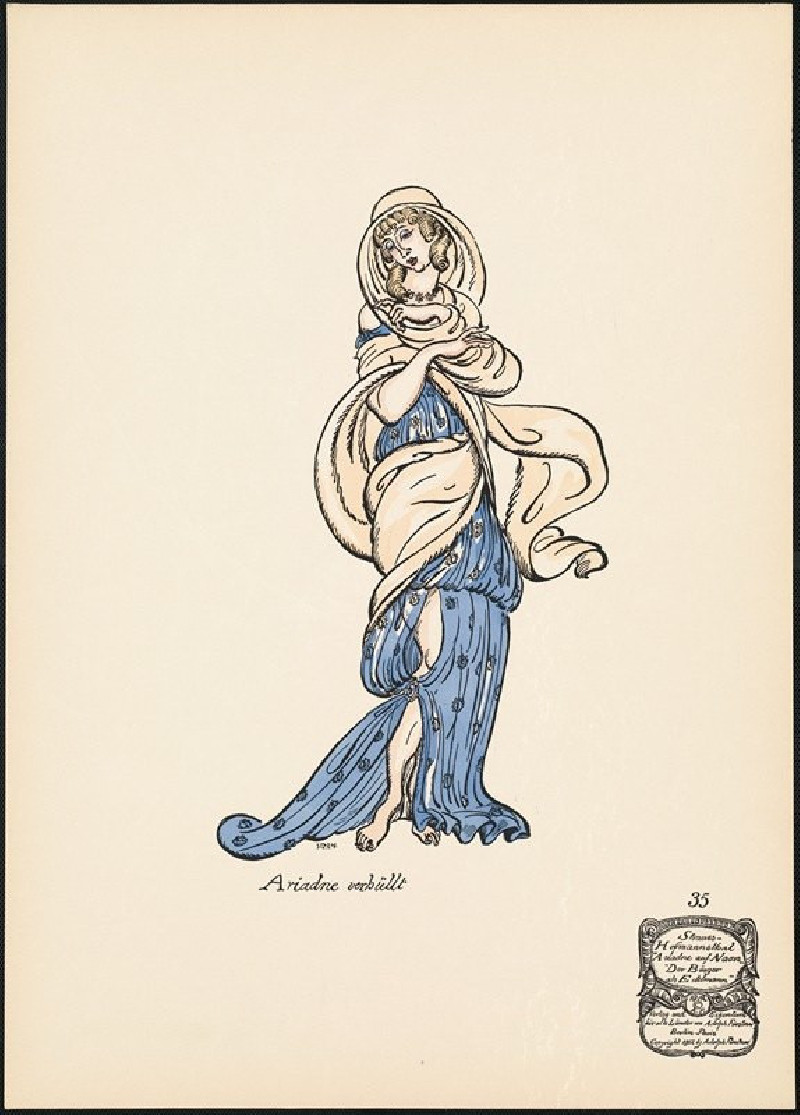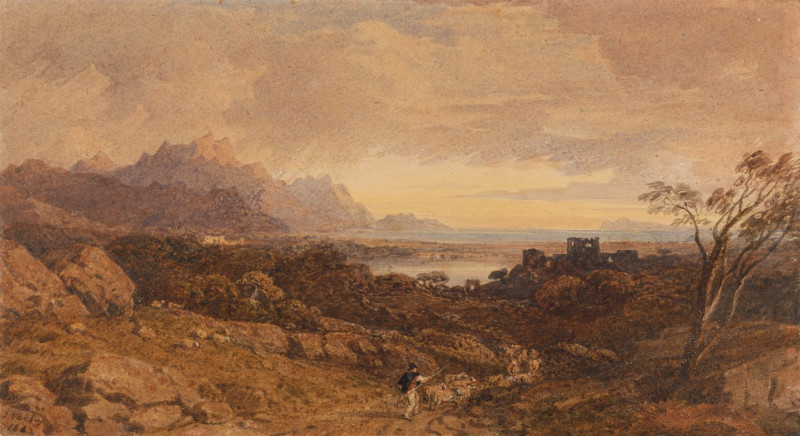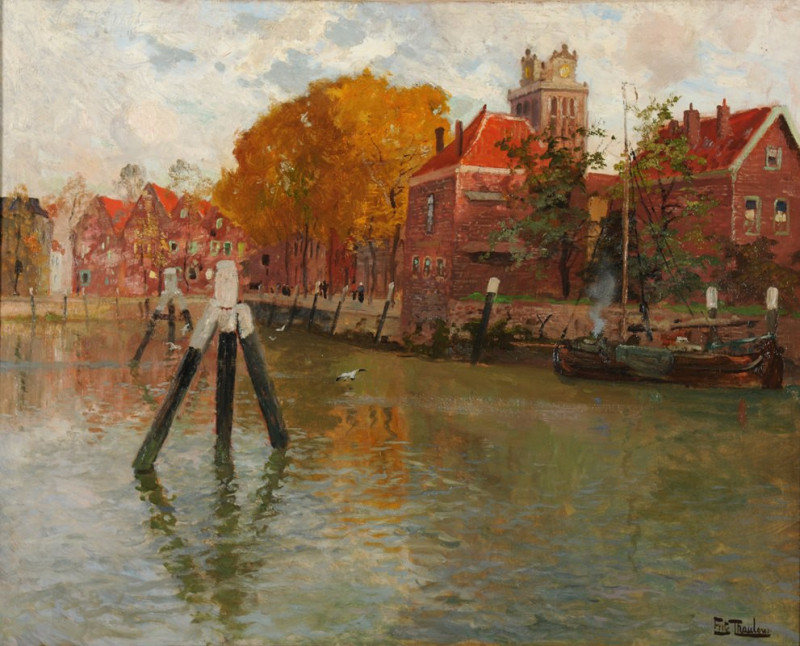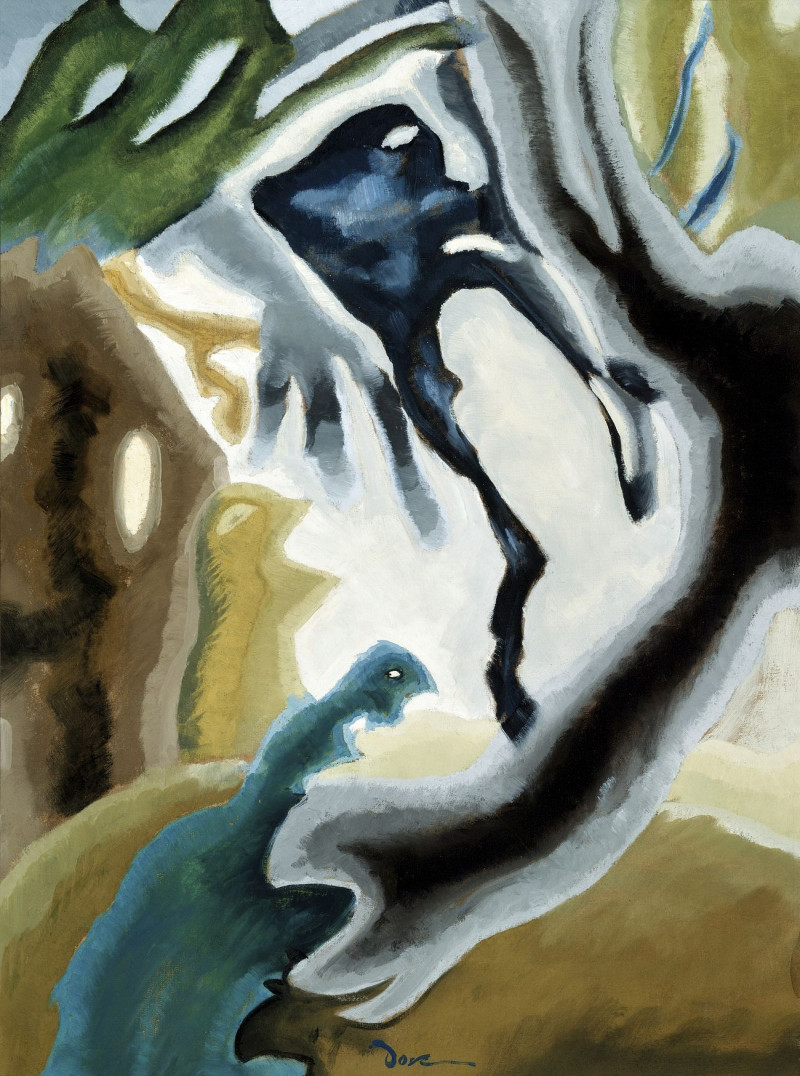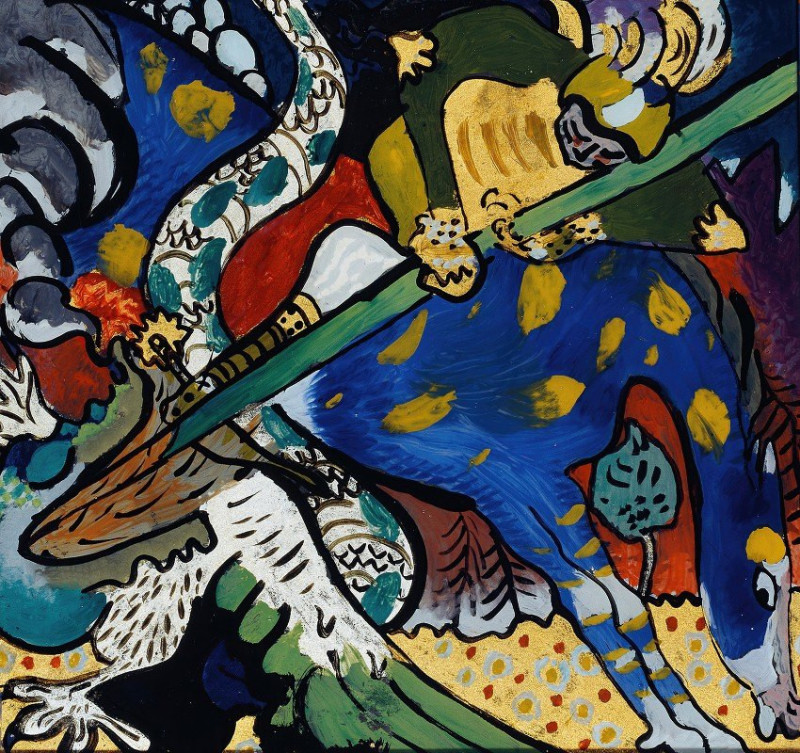La Maison De Monsieur Musy, Route De Marly, Louveciennes (circa 1872)
Technique: Giclée quality print
Recommended by our customers
More about this artwork
Dive into the serene beauty of Camille Pissarro's painting, "La Maison De Monsieur Musy, Route De Marly, Louveciennes," created around 1872. This exquisite piece invites viewers on a tranquil journey to the quaint village scene of Louveciennes, not far from Paris, where Pissarro found much inspiration during his career.In this work, Pissarro captures the essence of rural French life with his distinctive Impressionistic touch. The scene is centered around a modest two-story house, cast in soft, natural light that reflects the artist's fascination with the atmospheric conditions of his environment. The house, with its traditional architecture, epitomizes rustic charm, its pale walls and red-tiled roof standing out against the expansive, cloud-streaked sky.To the left, a pathway lined with tall, slender trees leads our eyes into the composition, enhancing the depth and perspective. This path is traveled by a lone figure, adding a human element that conveys the daily life of the village. On the right, another key element of rural livelihood is depicted—an ox-drawn cart, likely returning from the fields, manned by figures engaged in quiet conversation.The painting's palette is dominated by soft blues, greens, and earth tones, creating a harmonious and soothing visual experience. Pissarro's loose brush strokes capture the fleeting effects of light and shadow, demonstrating his mastery in portraying the transient moments of everyday life."La Maison De Monsieur Musy, Route De Marly, Louveciennes" is not just a depiction of a place, but a moment in time, beautifully preserved through Pissarro's eyes.
Delivery
Returns
Blessed are they who see beautiful things in humble places where other people see nothing. — Camille Pissarro
Camille Pissarro (1830-1903) was born on St.Thomas (now the US Virgin Islands) to a Portuguese father and a Dominican mother. He went to Paris to study art at Ecole des Beaux-Arts. He was an early pioneer of pointillism and neo-impressionism and later became a mentor of many famous impressionist painters including Cezanne, Manet, Renoir, and Gauguin. His paintings depicted rural and urban French landscapes and lifestyle. Many of his works politically captured images of peasants and laborers. Today, he is considered the father of impressionism.

